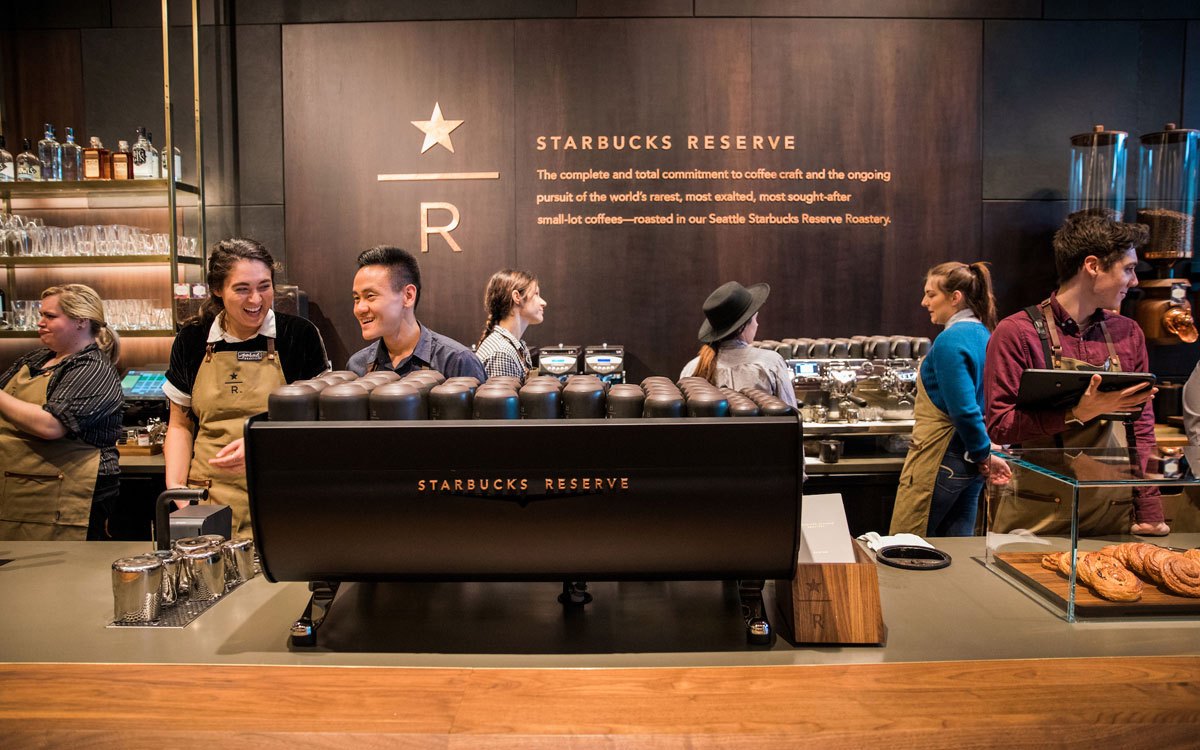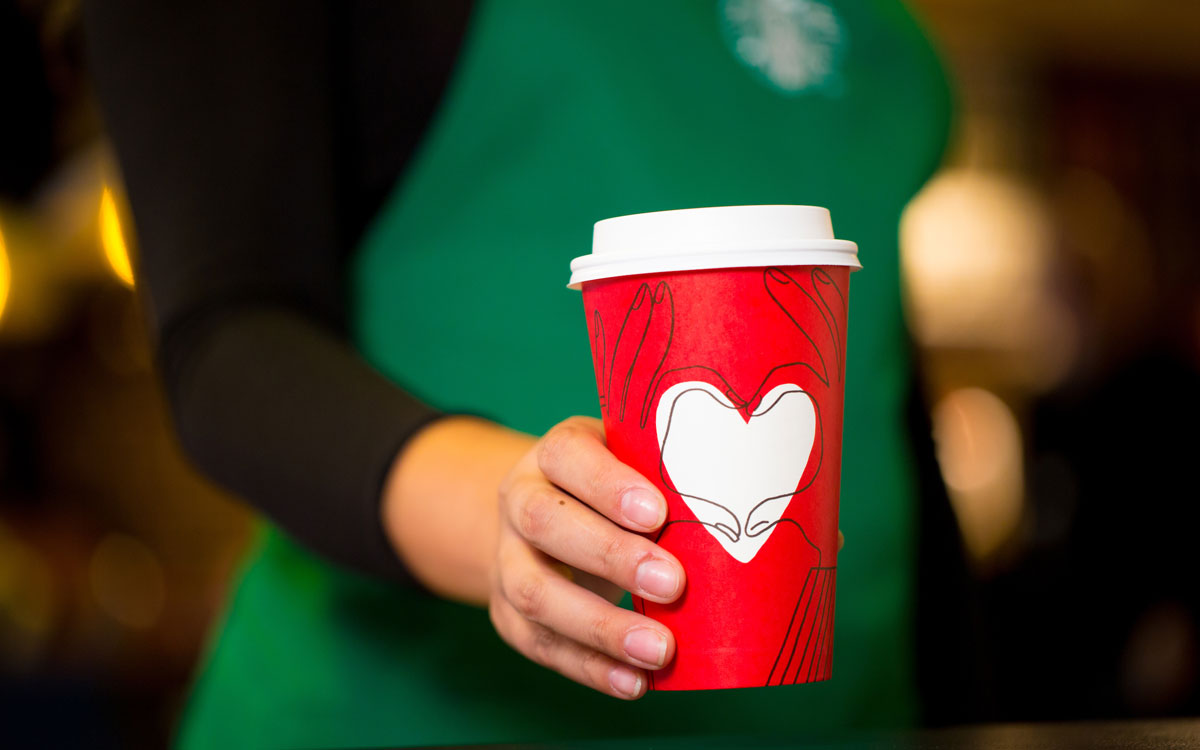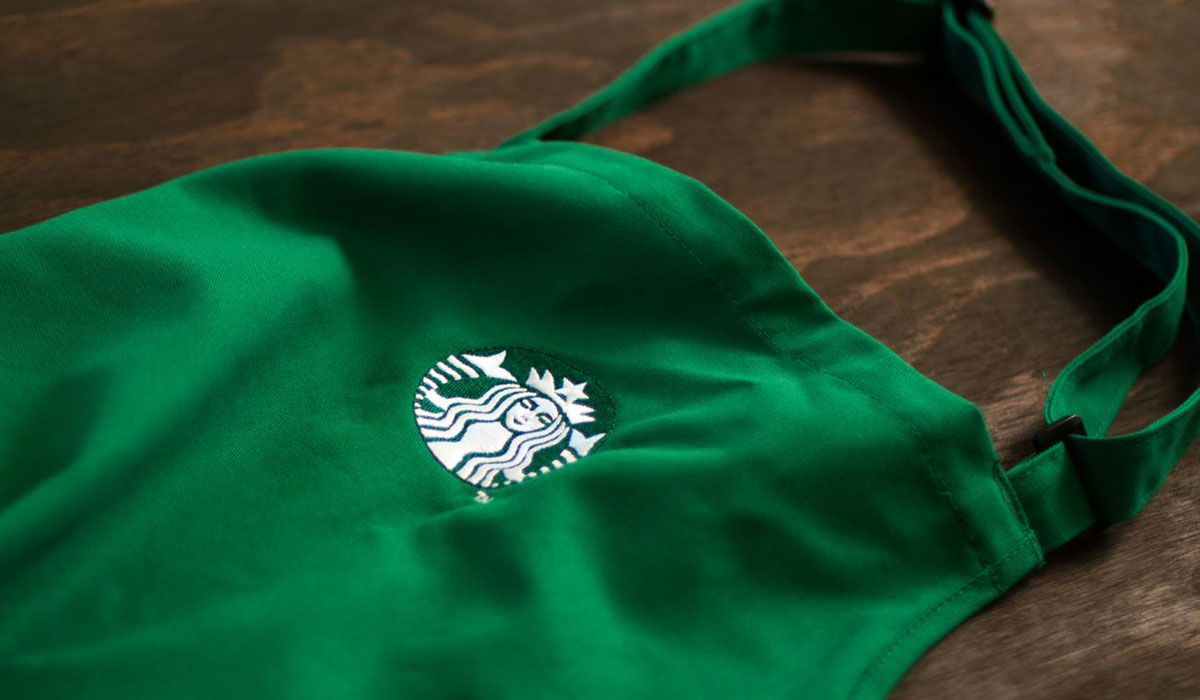At No. 2 on QSR’s 50 list, Starbucks doesn’t have as much space for upward mobility as some. But the king of coffee has never rested on its laurels, and after a half decade of growth, the Kevin Johnson-led company announced its plan for the next five years Wednesday during its 26th Annual Meeting of Shareholders.
In the past five years, Johnson said Starbucks has doubled in market value, and grown its top-line revenue from $14 billion to $23 billion.
And there’s no sign that the roasters are cooling down.
“No retailer is better positioned to meet the changing needs of today’s consumer, as expectations of convenience and community redefine what it takes to be a successful and relevant brand,” Johnson said. “The story of our growth over the past five years is grounded in key innovation investments we have been making for our future, and this continued focus will ensure we build upon on our leadership position in this rapidly changing retail environment.”

Three growth areas
The meeting centered around three key areas for growth: digital, international, and top-shelf products to complement the already massive core business for the brand. The company boasts more than 13,000 units and nearly $15 billion in annual sales.
Starbucks is hoping to expand the presence of its dedicated app among regular customers, and to build digital relationships with the 60 million monthly customers who are not members of Starbucks Rewards. Beyond implementing a mobile pay option for non-Rewards customers, the brand is looking to further ingratiate itself in customers’ minds as an easily accessible food option on mobile devices.
While Starbucks has a strong presence around the globe, the brand is looking to double down on efforts to plant roots in China, the largest country on Earth by population with more than four times the human capital of the U.S.
Starbucks hasn’t taken that market size for granted. The total number of Chinese units has grown from 800 to 3,200 since 2013—an average of one new store opening every 15 hours, or 480 each year. The company set its sights on 5,000 stores in China by 2021, noting that growth was on pace to hit that figure.
The final core tenet of the brand’s growth strategy was further support of the “halo” on Starbucks’ core business: its premium Reserve lines of products, which consists of small-lot coffee, retail business, and Italian artisan foods from Princi.
Since opening the Starbucks Reserve Roastery in Seattle in 2014, the brand has aggressively expanded its high-end strategy.
Starbucks opened its first international Roastery in Shanghai, launched the first domestic Princi location, and founded dozens of international Starbucks Reserve bars. The company also has plans to bring new premium Roastery concepts Roasteries to Milan and New York later this year, then Chicago and Tokyo in 2019. The brand noted a goal of 1,000 Reserve stores and plenty more premium Roastery locations.
“The Starbucks Reserve brand represents the pinnacle of coffee theater and passion, serving as inspiration to the entire organization,” Johnson said. “As these store innovations become refined, customers can expect to see an evolution of our innovation through our broader store portfolio, elevating the entire premium experience for Starbucks and the coffee industry.”

Social success
Beyond a growth strategy, Starbucks announced several accomplishments in and commitments to social causes within and outside the company’s stores.
Following the announcement of an initiative to create an eco-friendlier cup with a $10 million investment in the “NextGen Cup Challenge,” the brand announced plans to reach 100 percent pay equity across genders, across the world. This came on the heels of Starbucks achieving that goal in the U.S., noting the brand’s 100 percent pay equity “for women and men, and for people of all races, performing similar work” at domestic Starbucks locations.
Finally, a year after committing to hire 100,000 Americans ages 16–24 who aren’t studying or working, Starbucks made 50,000 hires, and announced the brand is on track to meet its goal of doubling that total by 2020. The brand is also on track to hire 25,000 veterans and spouses of veterans by 2025. The current figure rests at 15,000 hires.
Starbucks also announced plans to partner with LinkedIn, MENTOR: The National Mentoring Partnership, Big Brothers Big Sisters, YMCA, City Year, and YearUp to launch a nationwide program connecting more than 10,000 mentors and mentees across the United States.
With both its social and capitalistic goals adhering to clearly laid-out plans, it seems Starbucks is cruising toward more success in the next five years. The only remaining question—just how much bigger can Starbucks get?
Ask Kevin Johnson. He just ordered the Venti.













